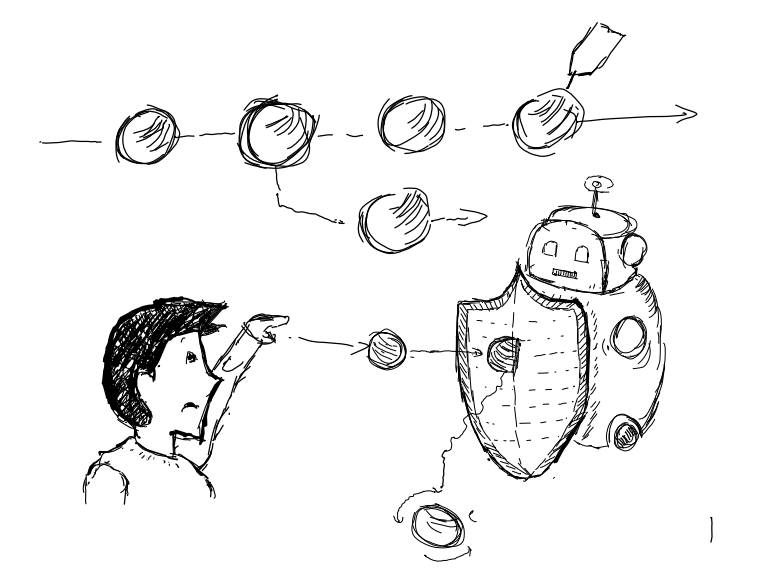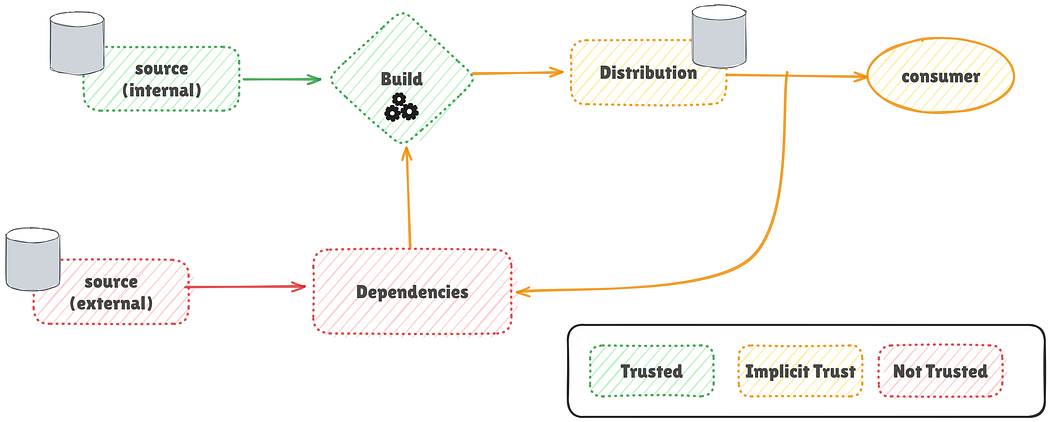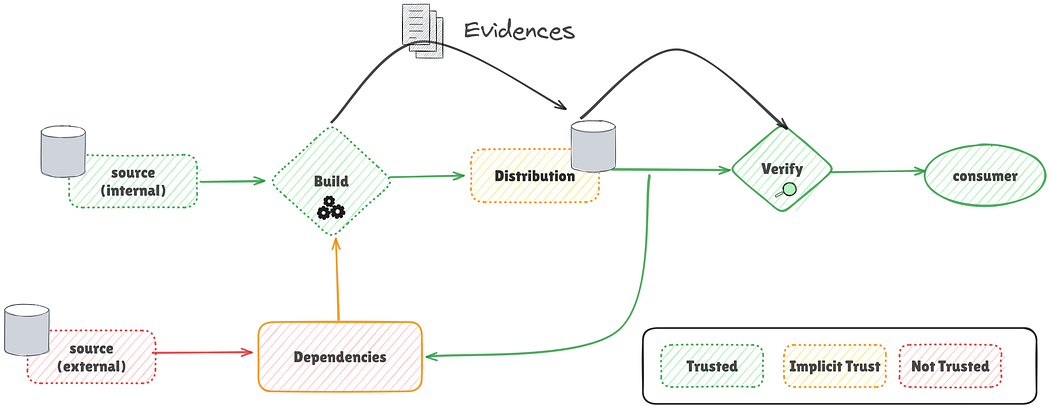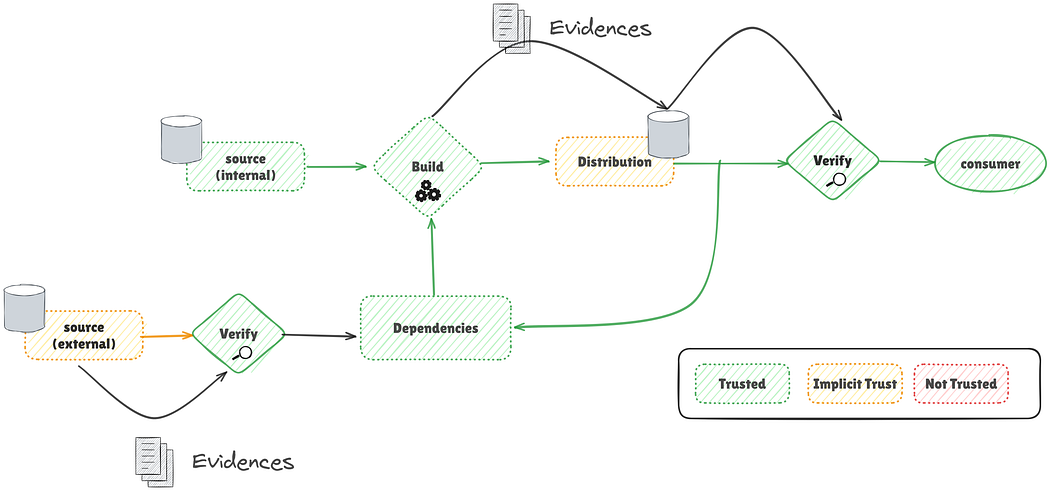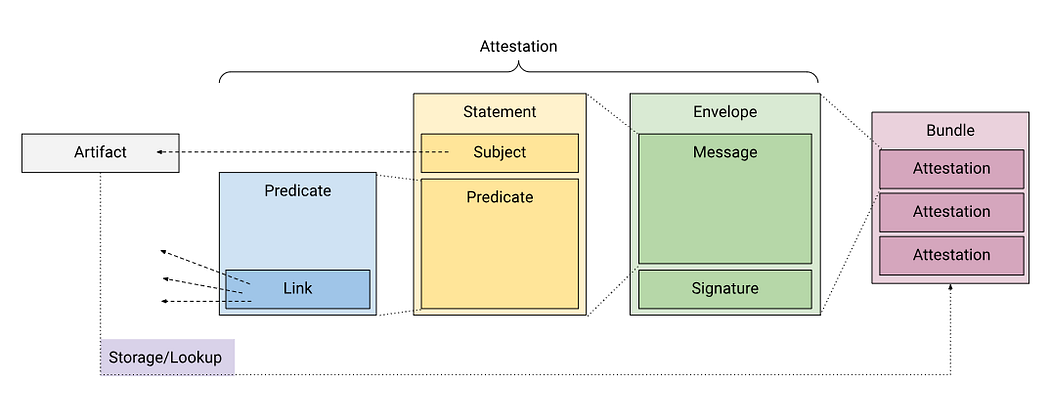Multi-Cloud is NOT the solution to the next AWS outage
Original Article: Multi-Cloud is NOT the solution to the next AWS outage
Summary
In light of recent AWS outages, I felt compelled to delve deeper into disaster recovery strategies. This article explores the limitations of multi-cloud solutions and presents effective alternatives for ensuring service availability.
While multi-cloud solutions might seem like the ultimate answer, I argue that they aren’t always the best approach, especially for those just starting with recovery strategies. Instead, I discuss architectural solutions and recovery plans that can help you prepare for the next outage.
key Concepts
Active-Recovery (Backup and Restore): This involves recreating resources in a new region after a disaster. It requires infrastructure automation and regular testing of recovery scripts. The main challenge is managing and replicating backups.
- Response Time: ~Hours
- Cost: ~$
Active-Passive (Warm Standby): In this mode, the infrastructure is ready, and traffic redirection is the primary task. It adds overhead to the CD pipeline but allows for sanity checks before deployments.
- Response Time: ~Minutes
- Cost: ~$$
Active-Active (Multi-site): This paradigm requires careful consideration of infrastructure and software design, especially concerning databases. Solutions include master/slave architecture and geo-partitioning.
- Response Time: ~Seconds
- Cost: ~$$$
I also briefly touch on the complexities of an Active-Active multi-cloud setup and the challenges of maintaining cloud agnosticism.




